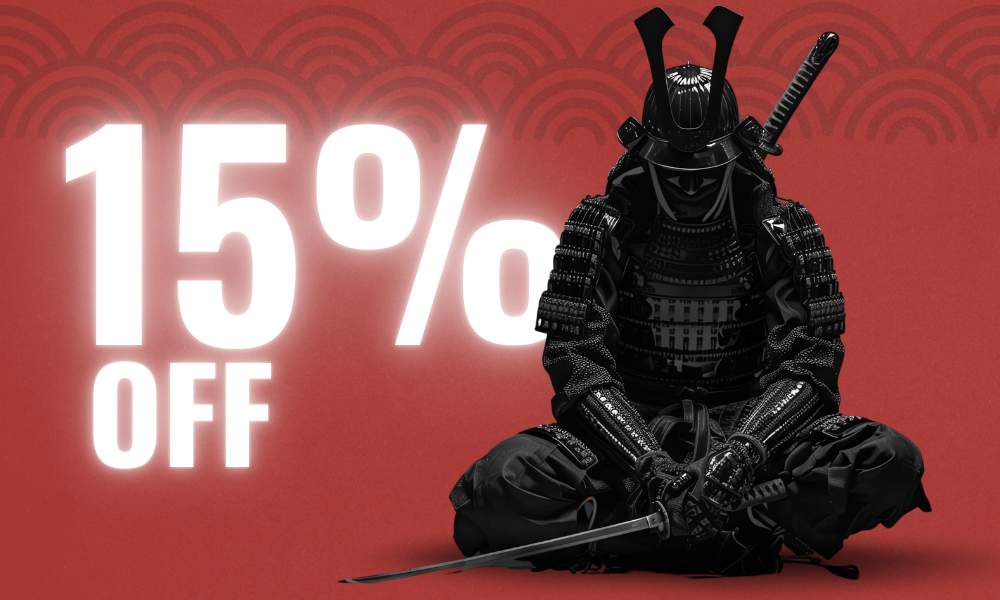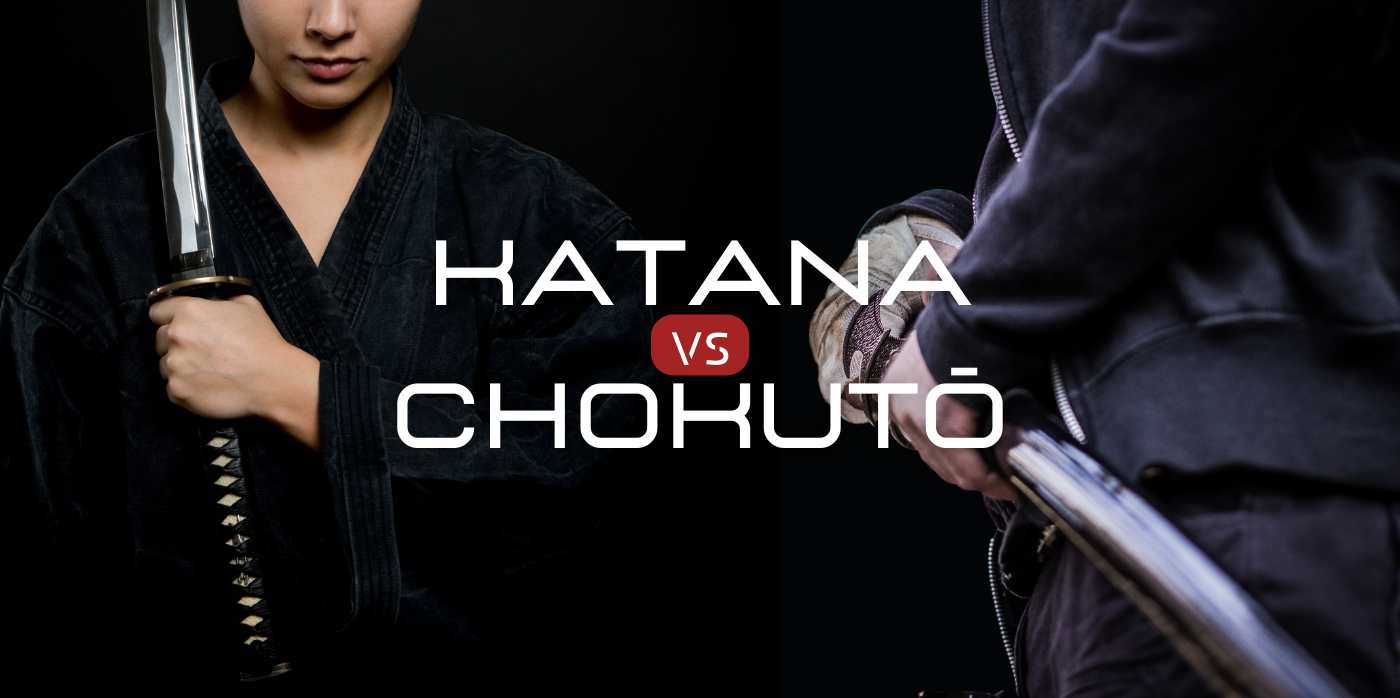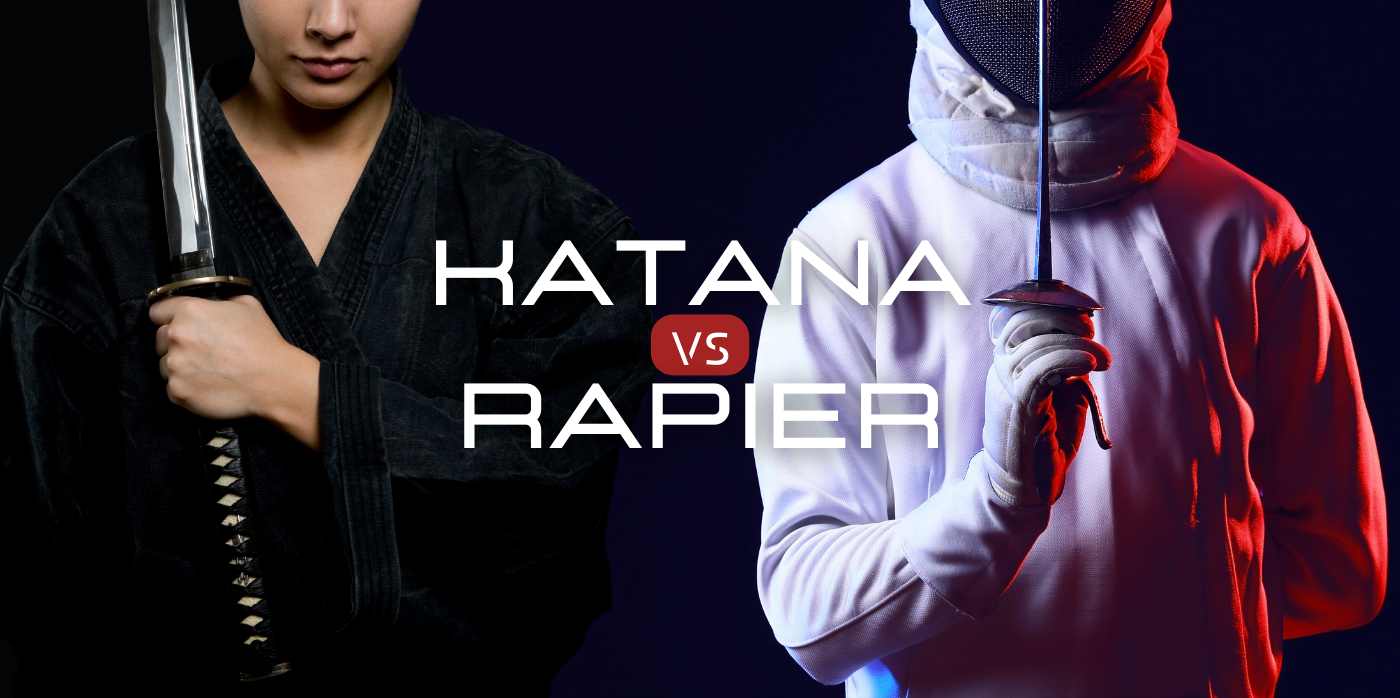The distinctions of the chokutō and katana are steeped in history, usage, and craftsmanship, painting an intricate portrait of Japan's martial arts culture. In this article, we will dive through an exploration of their characteristics, to gain a deeper understanding of the Samurai, the warrior class who wielded these weapons.
1. Understanding the Katana and the Chokuto
The chokutō (直刀) and Katana represent different periods and styles within the evolution of Japanese swords. The Chokuto, an early style of straight sword, and the Katana, a curved sword developed later, reflect the continuous innovation of Japanese martial arts and warfare techniques.
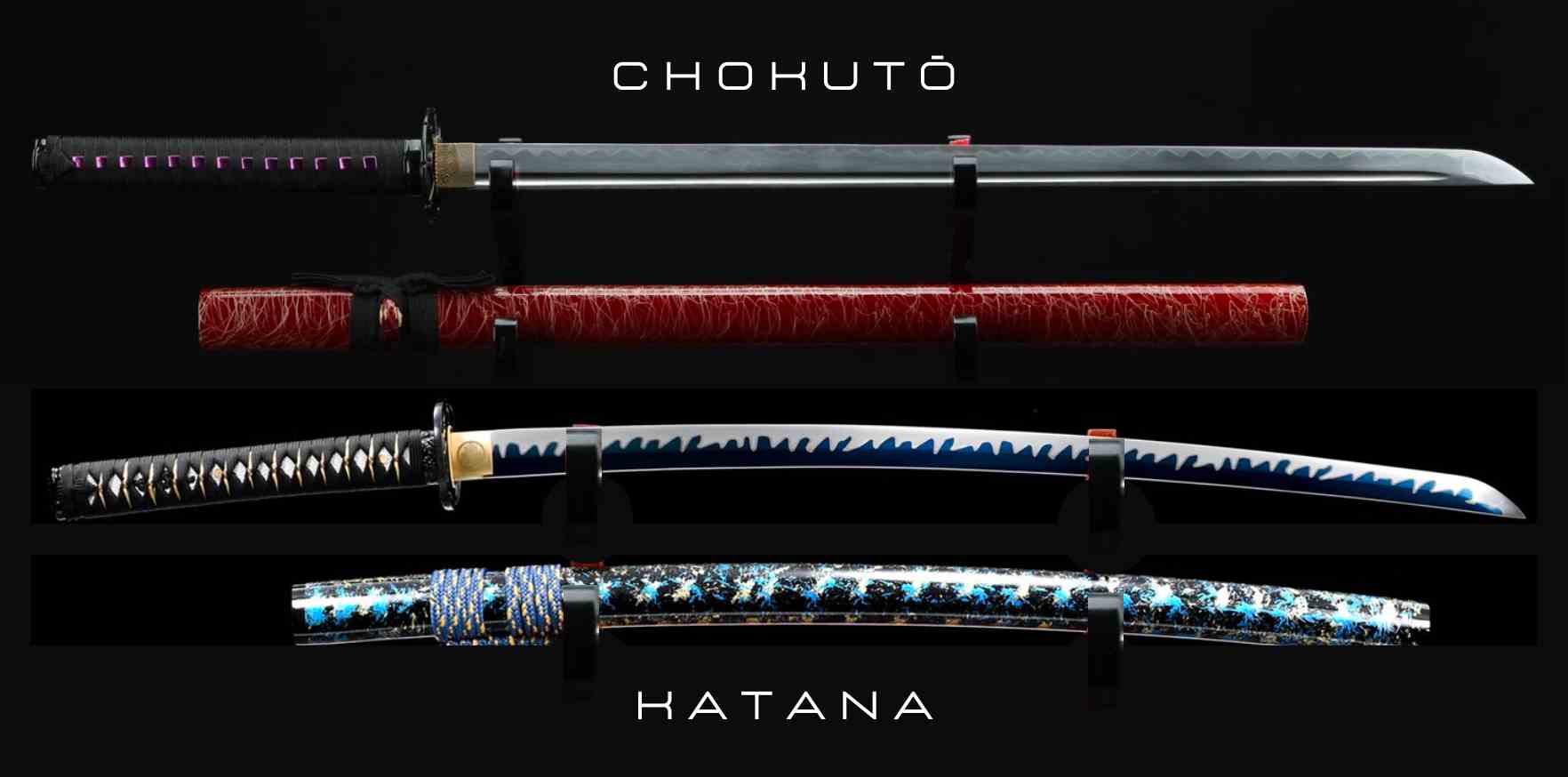
2. Katana Craftsmanship vs Chokuto
The crafting of the Chokuto and Katana requires different skills and techniques. The Chokuto was crafted using a simpler technique, being a single-edged straight sword. The Katana, with its distinctive curvature, required complex differential hardening techniques, leading to the creation of swords with a hard edge and a flexible spine.
3. Katana Parts vs Chokuto
3.1 Blade
The Chokuto’s blade is straight and typically single-edged, while the Katana features a curved blade.
3.2 Guard
In terms of guard, the Chokuto often has a simple, often circular or square guard. In contrast, the Katana’s guard is typically more elaborate and can be found in various shapes.
3.3 Handle
The Chokuto has a simple handle, typically made of wood or bone. The Katana’s handle is wrapped in ray skin and silk or cotton for better grip.

4. Katana Characteristics vs Chokuto
4.1 Blade Design
The Chokuto’s straight blade design is best suited for stabbing and thrusting motions, while the Katana’s curved blade excels in cutting and slashing motions.
4.2 Weight of the Blade
Being shorter and curved, the Katana tends to be lighter than the Chokuto, facilitating quicker strikes.
4.3 Sharpness
Both the Chokuto and the Katana are renowned for their sharpness, though the Katana is especially revered for its cutting ability.
4.4 Grip
The Katana's grip, wrapped in ray skin and silk or cotton, provides better handling and control compared to the simpler Chokuto grip.
4.5 Balance
Due to its curvature and crafting technique, the Katana has a superior balance, making it ideal for swift and powerful strikes.
4.6 Durability
The Katana, thanks to its advanced crafting technique, possesses a hard cutting edge and a flexible spine, resulting in superior durability.
4.7 Reach
The Chokuto, being a longer sword, has a better reach than the Katana, which can be advantageous in certain combat situations.
Summary:
- The Chokuto's straight blade is ideal for thrusting, while the Katana's curved blade excels at cutting.
- The Katana is typically lighter than the Chokuto, allowing for quicker strikes.
- Both swords are known for their sharpness, with the Katana being particularly revered for its cutting ability.
- The Katana's grip provides superior handling and control compared to the Chokuto.
- The Katana's advanced crafting technique results in a more balanced and durable sword.
- The Chokuto, being longer, has better reach than the Katana.
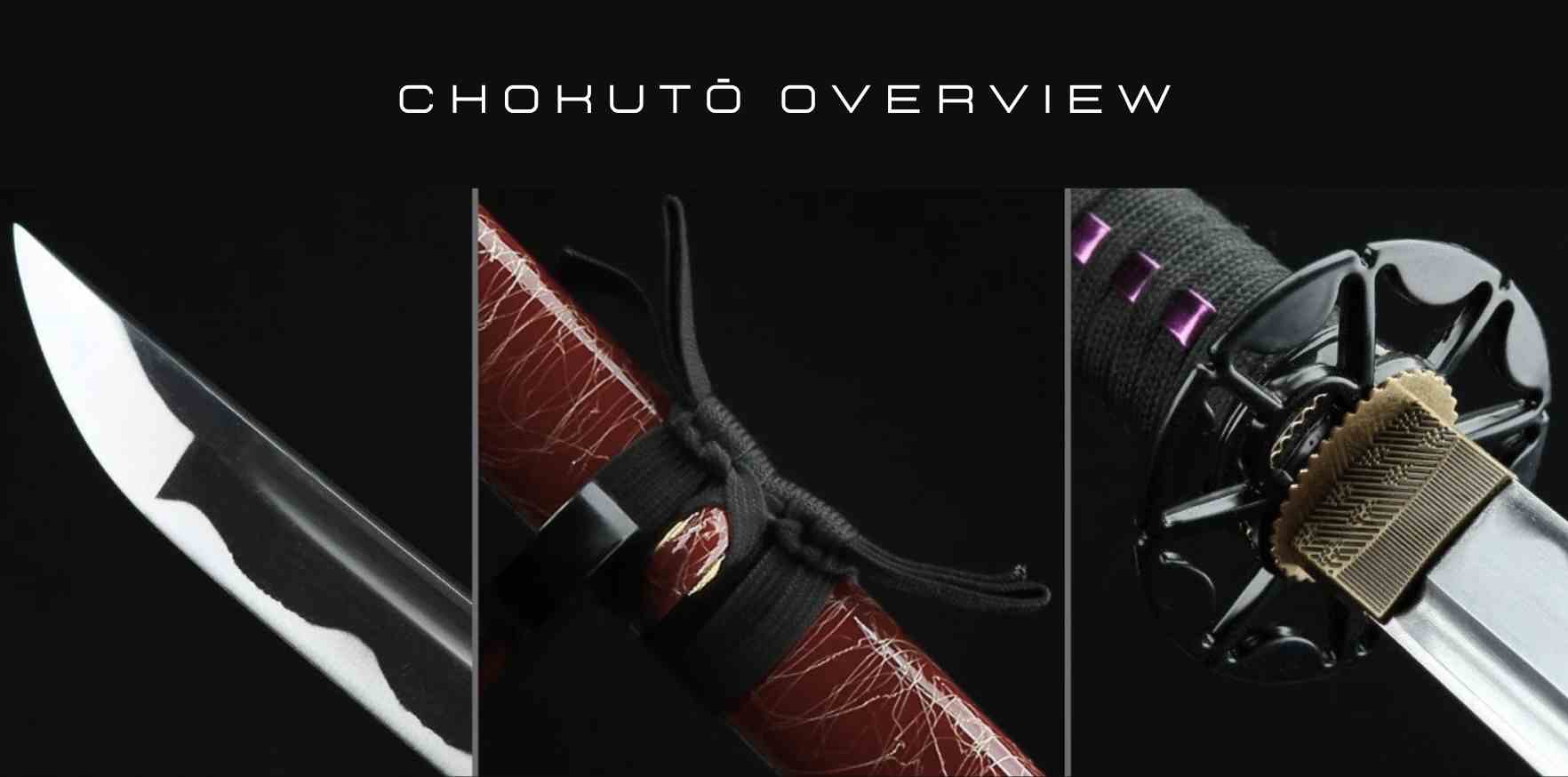
5. Katana Combat Style vs Chokuto
The combat styles associated with the Chokuto and the Katana reflect their respective designs. The Chokuto, with its straight blade, is suited to thrusting techniques, while the curved blade of the Katana is utilized in Iaido and Kenjutsu for swift, fluid cuts and slashes.
6. Katana Maintenance vs Chokuto
Maintaining these swords involves regular cleaning, oiling, and careful storage. Both swords require similar care, but the Katana's complex design and materials may require more meticulous attention.
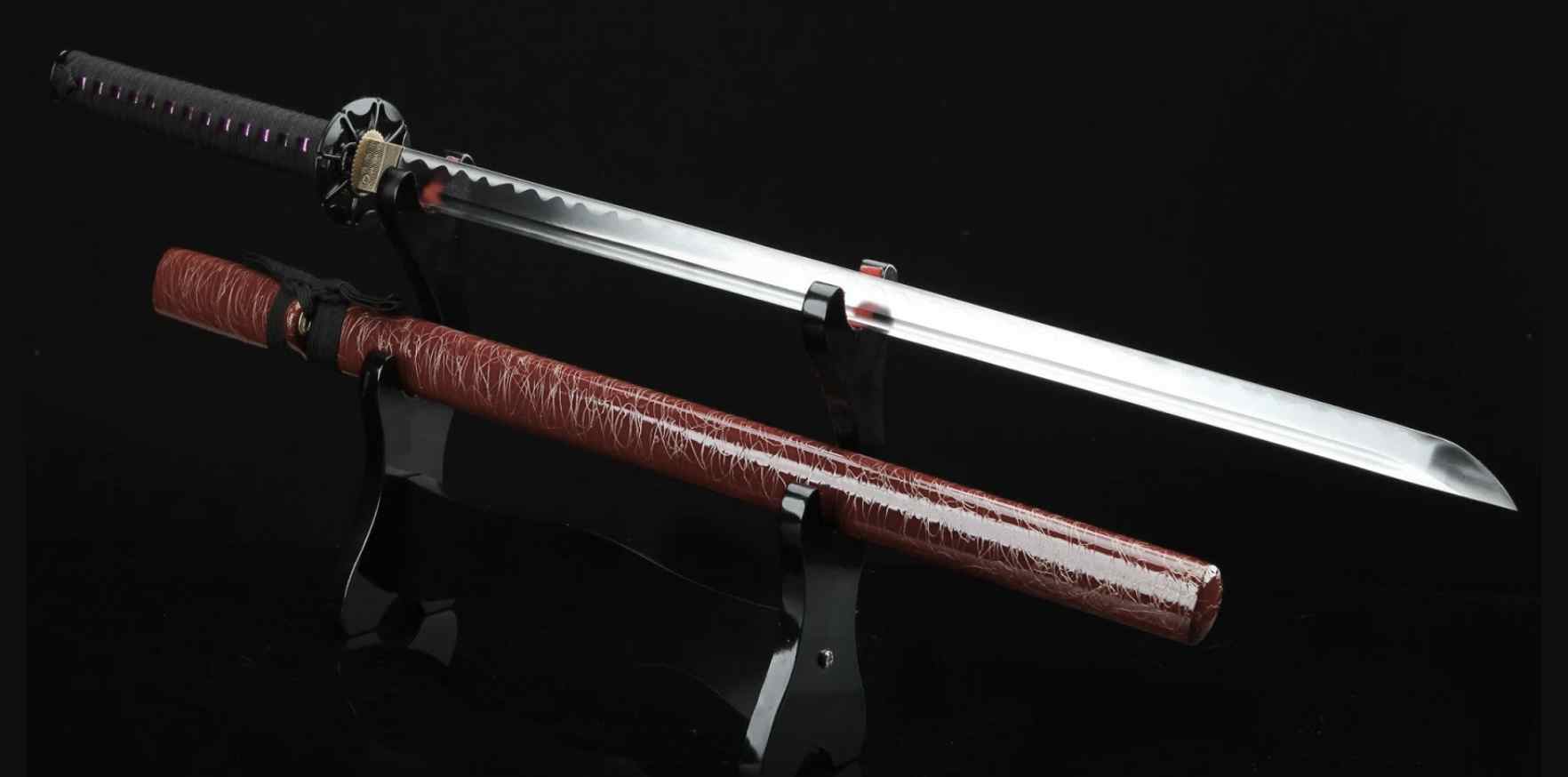
7. History and Origin of the Katana vs Chokuto
The birth of the Katana can be traced back to the Kamakura period (1185–1333), emerging as an answer to the demand for swift weapon draw in battle scenarios. The Katana not only signifies a notable progression in Japanese sword techniques but also stands as an emblem of the Samurai caste.
Conversely, the Chokuto, identified by its straight single-edged blade, is among the earliest Japanese swords, having existed prior to the inception of the curved Katana. It was influenced by Chinese and Korean swords and is a symbol of ancient Japanese swordsmanship.
Summary:
- The Katana originated in the Kamakura period, representing an advancement in swordsmanship and a symbol of the Samurai class.
- The Chokuto is an earlier type of Japanese sword influenced by Chinese and Korean designs and represents ancient Japanese swordsmanship.
Conclusion
The Katana and Chokuto, both remarkable in their structure, artisanship, and function, provide an enchanting glimpse into the sphere of Japanese martial arts. Acquiring knowledge about these swords enables us to admire the progression of sword-fighting methods, the artisanal expertise of age-old blacksmiths, and the historical milieu that birthed these extraordinary weapons.


